The history of human conflict is written on paper and captured in paint.
At the Polygon Gallery in North Vancouver, three different artists make this very apparent in a new exhibition entitled From Slander’s Brand.
The show takes its title from an epitaph to Herodotus, the Greek historian, geographer and author of The Histories. Written on papyrus scrolls sometime around 430 BCE, The Histories was one of the first tomes dedicated to western history. In addition to documenting the politics of the day, the work also described the struggles between different cultural groups, including the Greco-Persian Wars.
Despite his title as the “Father of History,” Herodotus was something of a fabulist. His habit of embellishing the truth ultimately led to his exile. But in his introduction to The Histories, he wrote: “The purpose is to prevent the traces of human events from being erased by time, and to preserve the fame of the important and remarkable achievements produced by both Greeks and non-Greeks; among the matters covered is, in particular, the cause of the hostilities between Greeks and non-Greeks.”
Writers and artists have been engaged in documenting their own cultural moments in time, struggles, etc. since antiquity. And today in 2023, they’re still at it.
On the surface, the artists included in the Polygon show are connected by their use of the media, and the media of books, paper and paint, to document a specific moment in time. And the connections are not paper thin, but rather paper thick.
From Slander’s Brand features Hannah Darabi’s Enghelab Street, a Revolution Through Books: Iran 1979–1983, Rachel Khedoori’s Untitled (Iraq Book Project) and Ron Terada’s TL; DR. With hundreds of individual artworks on the walls and organized the length and breadth of the gallery, the description of the show as “durational, monumental and archival in nature” seems a little on the nose.
Each individual work is freighted with the weight of history, and the categorization in all three is the result of herculean efforts.
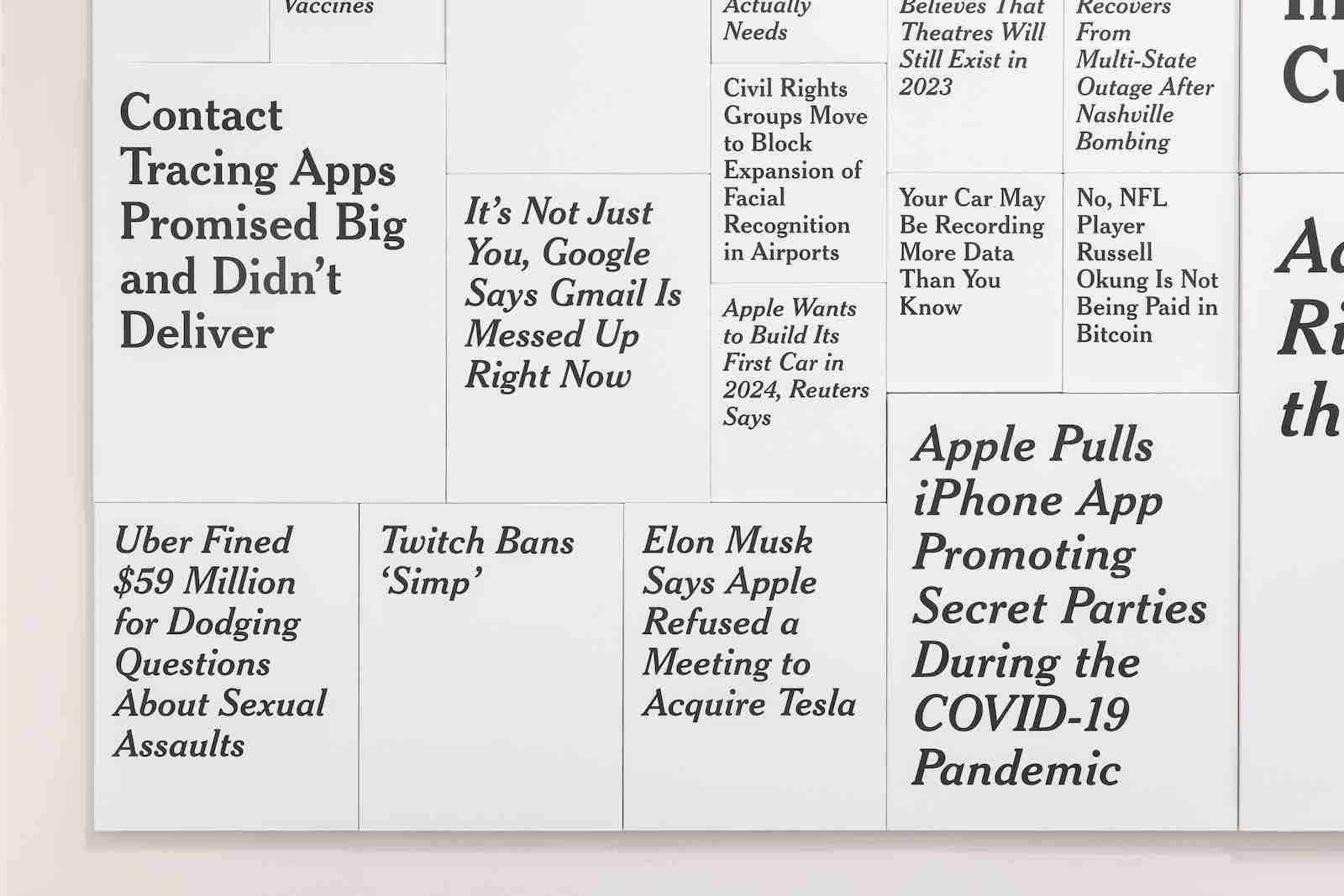
‘Too long, didn’t read’
Terada’s TL; DR takes its name from an acronym widely shared on social media, meaning “too long, didn’t read.” An ironic commentary, perhaps, given that the work itself features some 325 black and white paintings that document headlines taken from the Verge tech news site.
Terada started the work at the beginning of the COVID pandemic. The idea that 2020 was an intense year is immediate and obvious — the U.S. election, COVID shutdowns, the rise of Black Lives Matter, to name a few. There are certain themes and personalities that pop up with regularity — Donald Trump, Elon Musk — but other things particular to a moment in time, like the Netflix series Tiger King.
It’s easy to drift through the headlines in Terada’s work, taking in the jokes. But then curious interconnections begin to occur. The artist has a largesse of material to draw from, but it hammers home the idea that nothing is as distant as the recent past.
Terada’s paintings are laborious, built up with successive layers, so that they are crisp as digital printouts. The typeface Cheltenham (or an extremely close facsimile thereof) is the one used by the New York Times and carries with it an authorial whiff from the Grey Lady.
As an epitaph of sorts to a deeply strange moment, Terada’s work does what it needs to, but it also has the effect of removing viewers from the very things that a great many of us experienced. This winnowing down to headlines takes the heft out of history, reducing it to sound bites and silliness. Maybe it’s a suitable summation. Maybe we humans have always been ridiculous in the face of disaster.
It made me think about the translation currently being undertaken of scrolls from the Roman city of Herculaneum that were burned when Vesuvius erupted. The first word discovered in these ancient texts was “purple.”
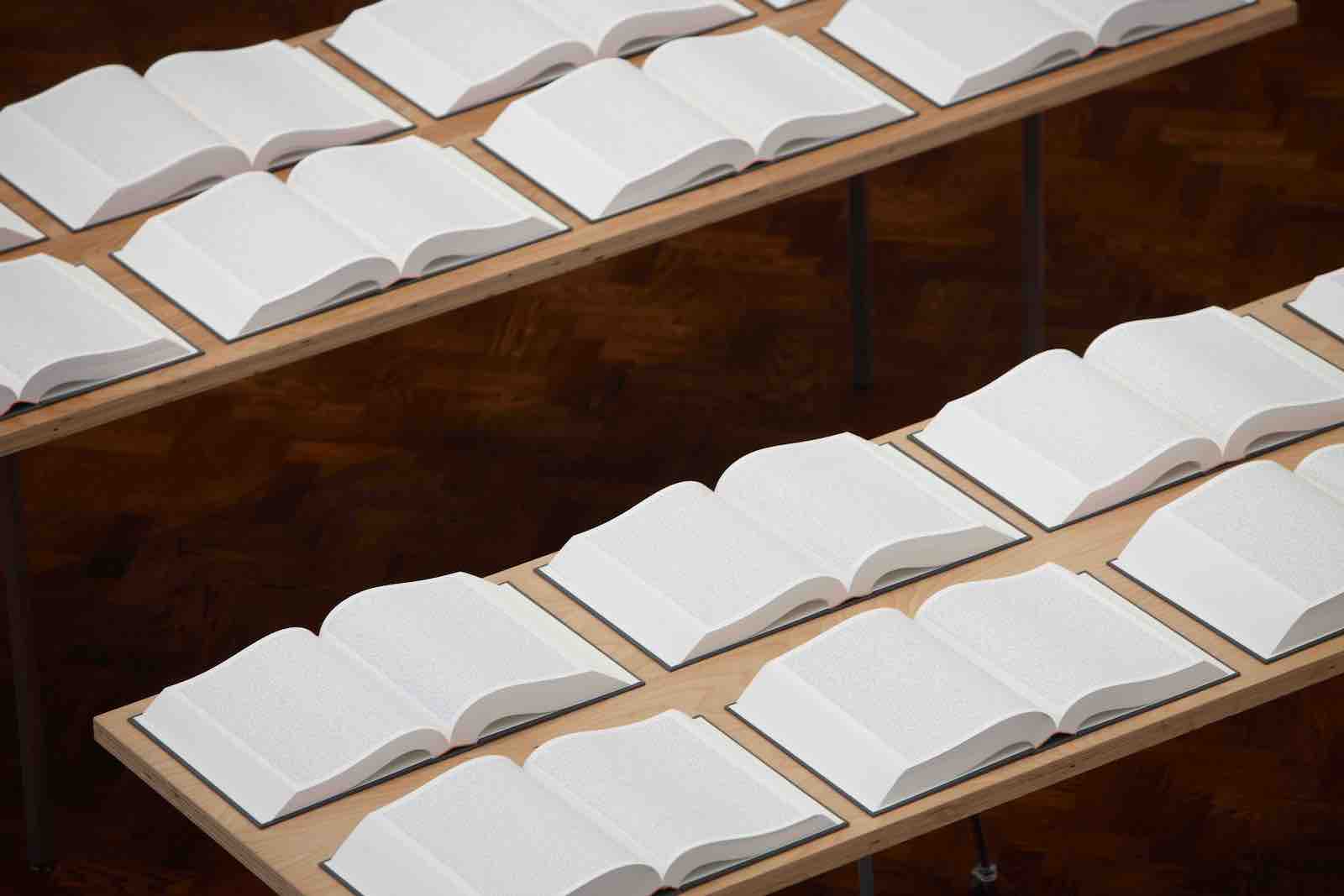
When sheer volume floods us
Trauma seems too small a word for Rachel Khedoori’s epic installation. Untitled (Iraq Book Project) is a collection of 70 books arranged in precise lines. At first glance, they resemble dictionaries or encyclopedias, massive and heavy. In each volume, the artist has collected news articles related to the Iraq War. Beginning with media coverage from March 18, 2003, for a period of approximately six years, Khedoori sourced any headlines that referred to “Iraq, Iraqi and Baghdad.” The coverage collected by the artist was translated into English, arranged in chronological order and then organized in book form.
In the Polygon exhibition, the books are arranged on long tables with stools for anyone who has the stamina to sit and read the contents. The text itself is not the most riveting reading material. But that’s not really the point. What is really in evidence is the labour of the artist herself.
This is a work that is more to be overwhelmed by than experienced. The sheer volume and density alone deny easy or immediate access. The text is small, without a break or a pause, little room to breathe and no relief. Close one book, open the next and the words take up where they left off in the previous volume. It is torturous, but that’s also the point.
Faced with the nature of the work, do you knuckle down and try to take in as much as possible? Or do you flip through a few pages of text and then flee?
I had a mixed reaction to the work. I get the point Khedoori is making, but I also found it hard to partake of the experience. As a casual viewer, you are bound to fail. But maybe this too is the point. The quality of recrimination doesn’t originate with the artist, necessarily, but in the viewer’s desire to turn away, to flail in the face of so much effort. How much horror can you take in before you simply give up? It’s an ongoing experience that the internet has only exacerbated to an exponential degree.
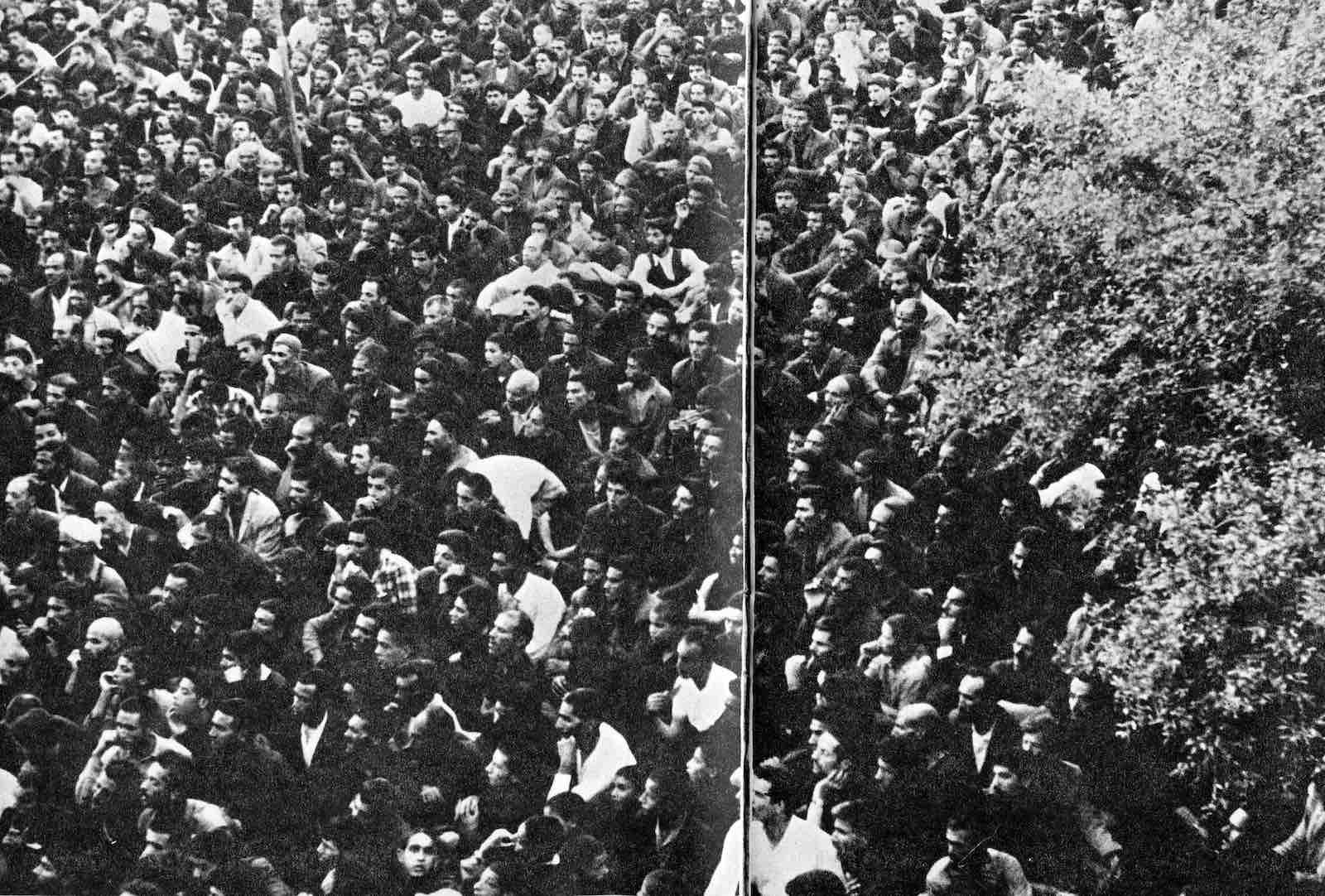
On knowledge-keeping and revolution
Hannah Darabi’s Enghelab Street, a Revolution Through Books: Iran 1979–1983 is equally exhaustive. In Persian, the word enghelab means "revolution." The title refers to a street in Tehran, largely filled with bookstores, publishers and other purveyors of the written word.
In the brief interstitial period between the fall of the shah in 1979 and the rise of the post-revolutionary government through Ayatollah Ruhollah Musavi Khomeini in 1983, freedom of speech and, by extension, writing and publishing exploded with creative, experimental work. The writers, photographers and publishers featured in the installation were censured and largely erased from the official record. Through Darabi’s efforts, this period and the culture it created are resurrected and reconstructed.
The three installations on offer at the Polygon made me think of Montreal filmmaker Oana Suteu Khintirian’s film Beyond Paper, which takes as its inspiration how different civilizations have documented history.
The filmmaker comes to her subject through a collection of family love letters written over a century earlier. Khintirian’s great-grandparents lived through the Armenian genocide, and details of their experience are inscribed in delicate cursive handwriting. Although the letters survived for 100 years and still bear the imprint of the writers’ personalities, Khintirian’s young children cannot read cursive handwriting.
The erasure of ancient forms of knowledge-keeping and knowledge transfer are ostensibly the subject of the documentary. But it is also about who has power over information, as well as access to it.
In researching her subject, Khintirian travels to the ancient city of Chinguetti in Mauritania. The city is home to many ancient libraries and thousands of manuscripts, and has been the site of trade routes and religious scholarship for hundreds of years. This repository of knowledge is safeguarded by one family, who aim to protect the books and texts not only from the creeping sands of the Sahara Desert, but also from the ravages of time itself. Knowledge, once lost, is gone forever.
Books were initially used as memory aids. But in a paperless world, what happens when words, paper and the human will to capture information are lost? Is the ability of people to remember also lost?
There are no definitive answers offered in the film. But the labour of the many people in the film who are committed to maintaining the continuum of the written word is heartening. So, too, are the artists in From Slander’s Brand engaged in similar work, striving to create meaning in the onslaught of current history.
But when the world feels largely unbearable, it can be a challenge to look at art that is contending with the unendurable. Absorbing the documentation of some of the most difficult periods in recent history, the sheer weight of suffering and atrocities committed in the name of faith and ideology is almost too much.
This moment in time is already soaked in horror, and taking in even more can feel too painful, even in the name of art. But maybe that’s the point — and an opportunity to ask ourselves what’s behind our need to look away.
‘From Slander’s Brand’ runs until Feb. 4, 2024, at the Polygon Gallery. ![]()
Read more: Art




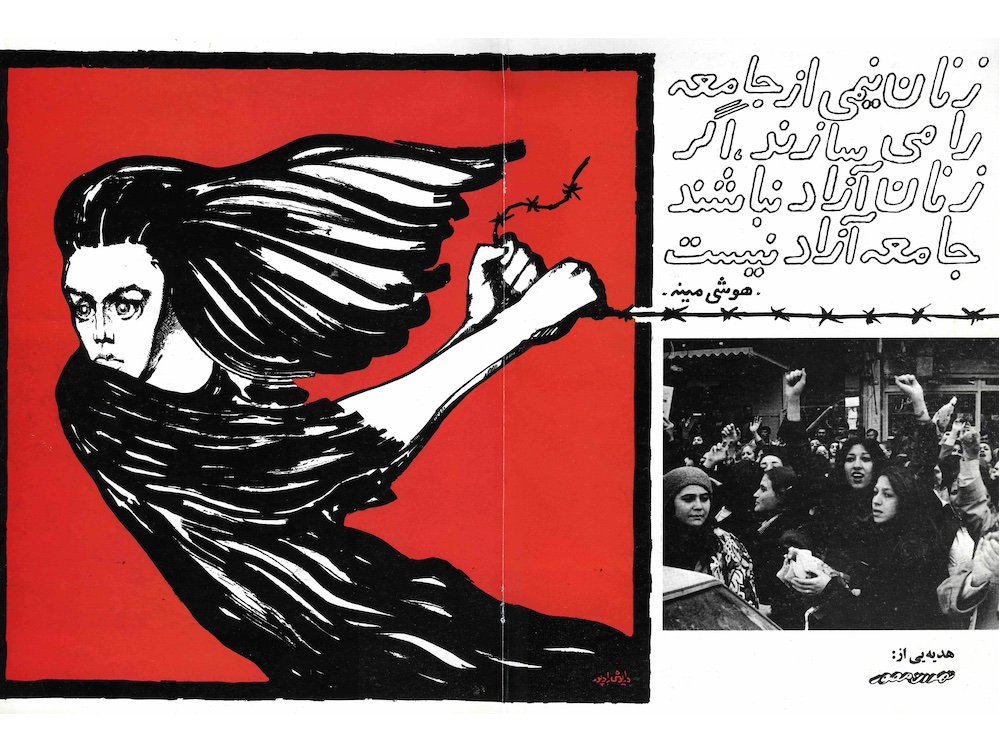
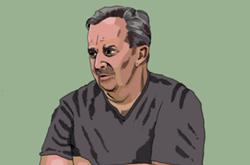











Tyee Commenting Guidelines
Comments that violate guidelines risk being deleted, and violations may result in a temporary or permanent user ban. Maintain the spirit of good conversation to stay in the discussion and be patient with moderators. Comments are reviewed regularly but not in real time.
Do:
Do not: